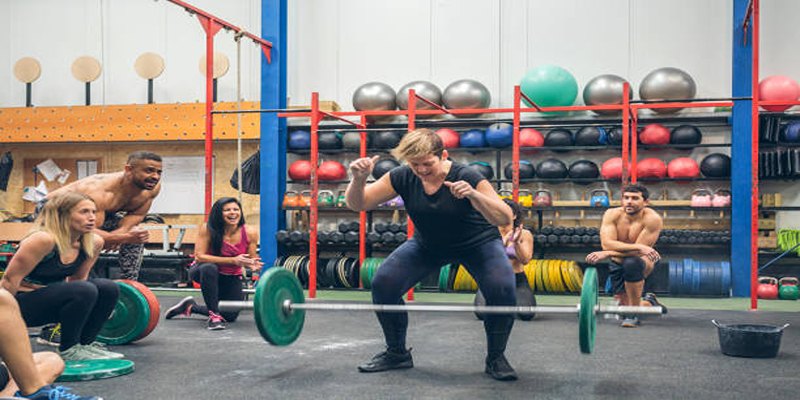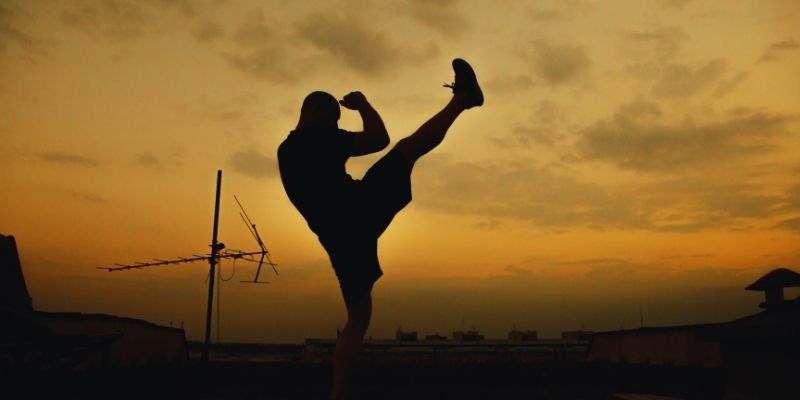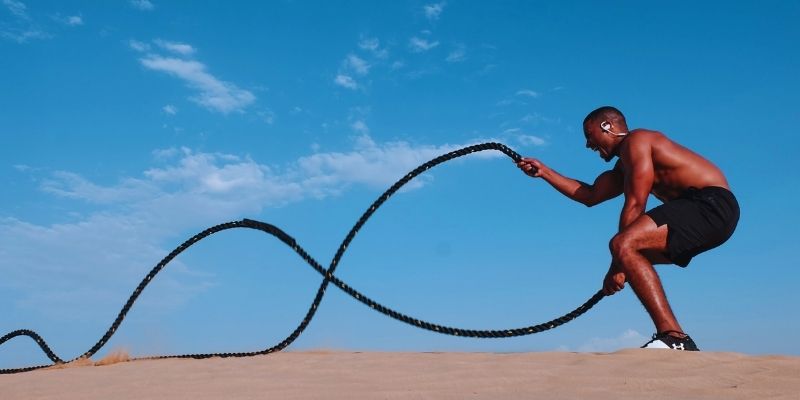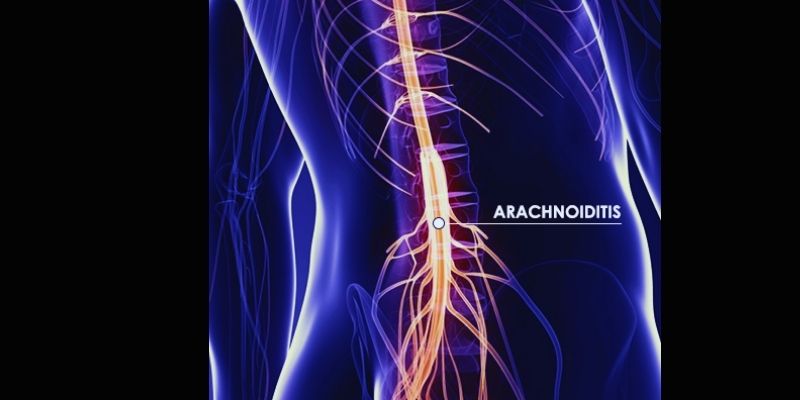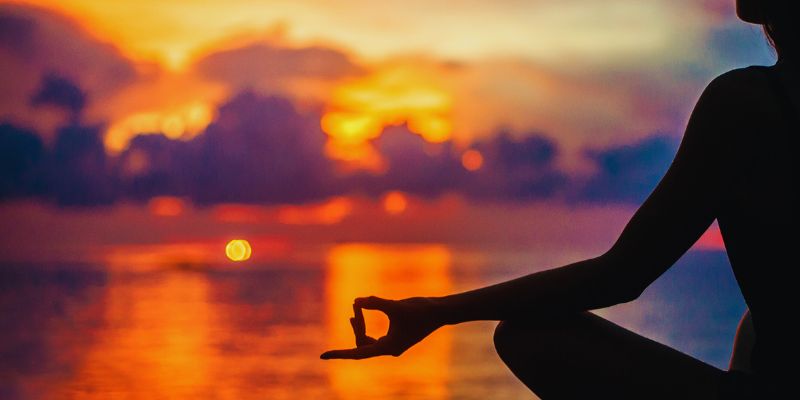Tight hips can impede movement and cause pain. Often, extended hours of sitting and lack of stretching cause hip tightness. One great approach to increasing flexibility and releasing stress is yoga. Frequent practice can improve posture, alleviate discomfort, and boost mobility. The right pose targets the lower back, glutes, and hip flexors. Starting with basic stretches, beginners can advance slowly.
Including yoga in your program enhances general fitness. Hip-opening exercises let you profit from basic talents rather than sophisticated ones. A few minutes each day will provide obvious relief. Yoga provides a natural answer to your needs, whether for less pain or more flexibility. Say farewell to stiff hips by trying these beginner-friendly positions.
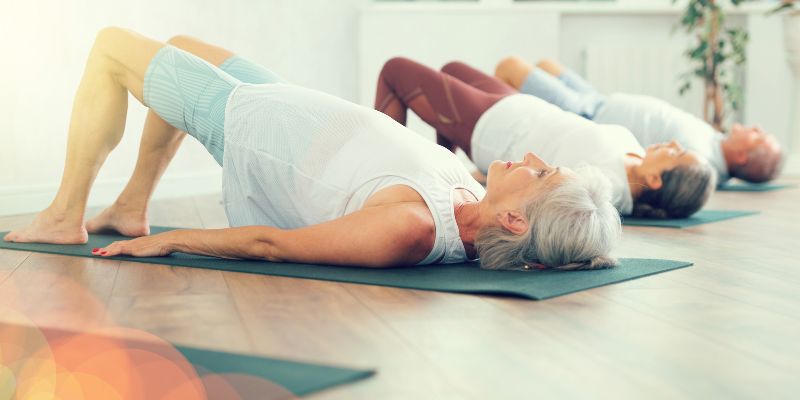
Why Do You Have Tight Hips?
Many elements cause stiff hips. Among the main factors is a lazy attitude. Long hours of sitting reduce glutes and shorten hip flexors, building stiffness and discomfort over time. Lack of movement lowers blood flow, hence tightening and decreased muscle flexibility. Still, another factor is bad posture. Slouching, either sitting or standing, alters hip alignment. Your hips get tight if their alignment is off. Moreover, hip stiffness is a strength discrepancy. Flexibility reduces when some muscles are weak while others are hyperactive.
Exercise routines significantly influence hip flexibility. Ignoring stretching will cause tight hips from running, cycling, and weightlifting. Muscles tighten and lose their mobility without appropriate recuperation. Furthermore, stress influences hip flexibility. Emotional conflict typically results in the body tightening up, and stiffness results. Knowing these factors helps you avoid tightness by guiding behavior. Good posture, activity, and frequent stretching help hips remain healthy.
Benefits of Yoga for Hip Flexibility
One of the natural approaches to alleviating hip strain is yoga. Softly stretching tight muscles increases flexibility. Frequent practice helps to lower stiffness and improve mobility. Hip-opening helps muscles lengthen and increases joint range of motion. One more advantage is the reduction of discomfort. Often, it causes pain in the knees and lower back, which are tight hips. Stretching releases pressure from surrounding places, therefore lowering discomfort. Yoga also increases circulation.
Better blood flow, which delivers oxygen to muscles, results in faster recuperation. Yoga enhances posture. Correct alignment of the pelvis and spine depends on flexible hips. It strains the lower body. In yoga, deep breathing can also aid in releasing tight muscles. Stress often results in tightness; conscious breathing helps to release it. Yoga helps balance and develop muscles. Consistency will help you detect more fluid movement. Yoga promotes general well-being regardless of your ability level as an athlete or novice.
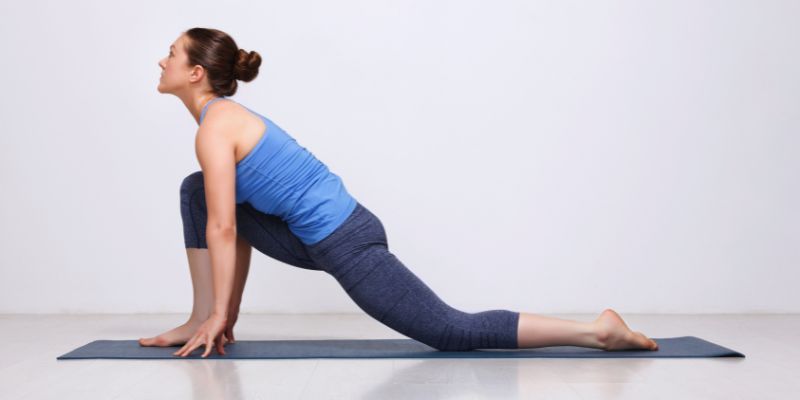
Beginner Yoga Poses for Tight Hips
If you have just started yoga, begin with easy poses. These stretches progressively open the hips free from strain. One great position is the Butterfly Stretch. Keeping your feet together, softly press your knees toward the ground. Hold 30 seconds to release the inner thighs. Still, another excellent stretch is the Seated Forward Fold. Sitting with your legs stretched, fold forward. That reduces hip tightness and increases hamstring length.
Go gently; do not force the stretch. For an excellent hip opening, try the Happy Baby Pose. Lie back, hold your feet, and softly bring your knees toward your chest. That releases hip and lower back stiffness. Every stance should be maintained for a minimum of thirty seconds. To assist in muscle relaxation, inhale deeply. Daily practice yields the finest outcomes.
Deep Hip-Opening Yoga Poses
Try deeper stretches once you are at ease with basic poses. One of the strongest hips opens the Pigeon Pose. Keep the back leg extended, start in a lunge stance, and bring one leg forward. For a great stretch, lower your upper body over the bent leg. The Frog Pose works with hip flexions and inner thighs. Kneel on all fours, and then gently expand your knees. Lower your body, keeping your feet in line with your knees. Go slowly and deeply breathe since this pose may feel strong.
Still, another great stretch is Lizard Pose. Start your foot forward with a deep lunge and lower your elbows to the floor. This boosts hip and groin flexibility. One should hold these deep positions for at least thirty seconds. Always pay close attention to your body and avoid overly rigorous pushing. Regular practice will help your hips grow more flexible.
Tips for Safe and Effective Stretching
Stretching should be done carefully. Hurrying into deep positions could hurt. Always warm yourself before doing hip openers. Walking or light stretches help muscles be ready. Let your body speak to you. If a stretch hurts, relax out of it. Yoga should be demanding but not awkward. Never put your body in a position against your will. Advance steadily and raise the intensity with time.
Give deep breathing priority. Holding each stretch, inhale thoroughly and exhale gently. That increases flexibility and allows muscles to relax. Additionally, lessening stress by breathing helps to explain muscle tightness. Once stretching, it won't yield long-term effects. Either every day or three times a week at least. One can make a significant effect even in a few minutes every day. Use props as necessary. Beginning practitioners may use blocks, pillows, or straps to maintain proper posture. Probes help and avoid strain. Yoga should feel good and helpful.
Creating a Daily Hip-Stretching Routine
Follow a basic routine to keep hips flexible. Warm up for five minutes first. Simple motions like hip circles and leg swings release muscles. Spend thirty seconds starting with Butterfly Stretch. Next, stretch hamstrings and hip flexors using Seated Forward Fold. Hold for thirty seconds. To let stress go, enter Happy Baby Pose.
Advance to Pigeon Pose to get a thorough stretch. Spend thirty seconds holding each side. For further flexibility, try Lizard Pose. Finish in Frog Pose to open the inner thighs. Hold for thirty seconds. Cool down using deep breathing. The body relaxes when one sits cross-legged and concentrates on breathing. This 10—to 15-minute routine can be completed daily. Your hips will seem freer and more mobile with time. Regular practice yields long-term advantages. Stay with it for appreciable changes.
Conclusion:
Limited movement and discomfort can result from tight hips. One natural approach to get more flexibility and release stress is yoga. Easy positions like Pigeon Pose and Butterfly Stretch can successfully address tight muscles. Deep hip openers cut discomfort and increase mobility. Results last only if one follows a regular schedule. Flexibility is improved by daily or several times weekly stretching. Always keep warm-ups, deep breathing, and body awareness in mind. Never push a posture. Patience and practice help one to advance gradually. With these simple poses, bid tight hips farewell. Starting today will help you to experience more flexibility and comfort.





